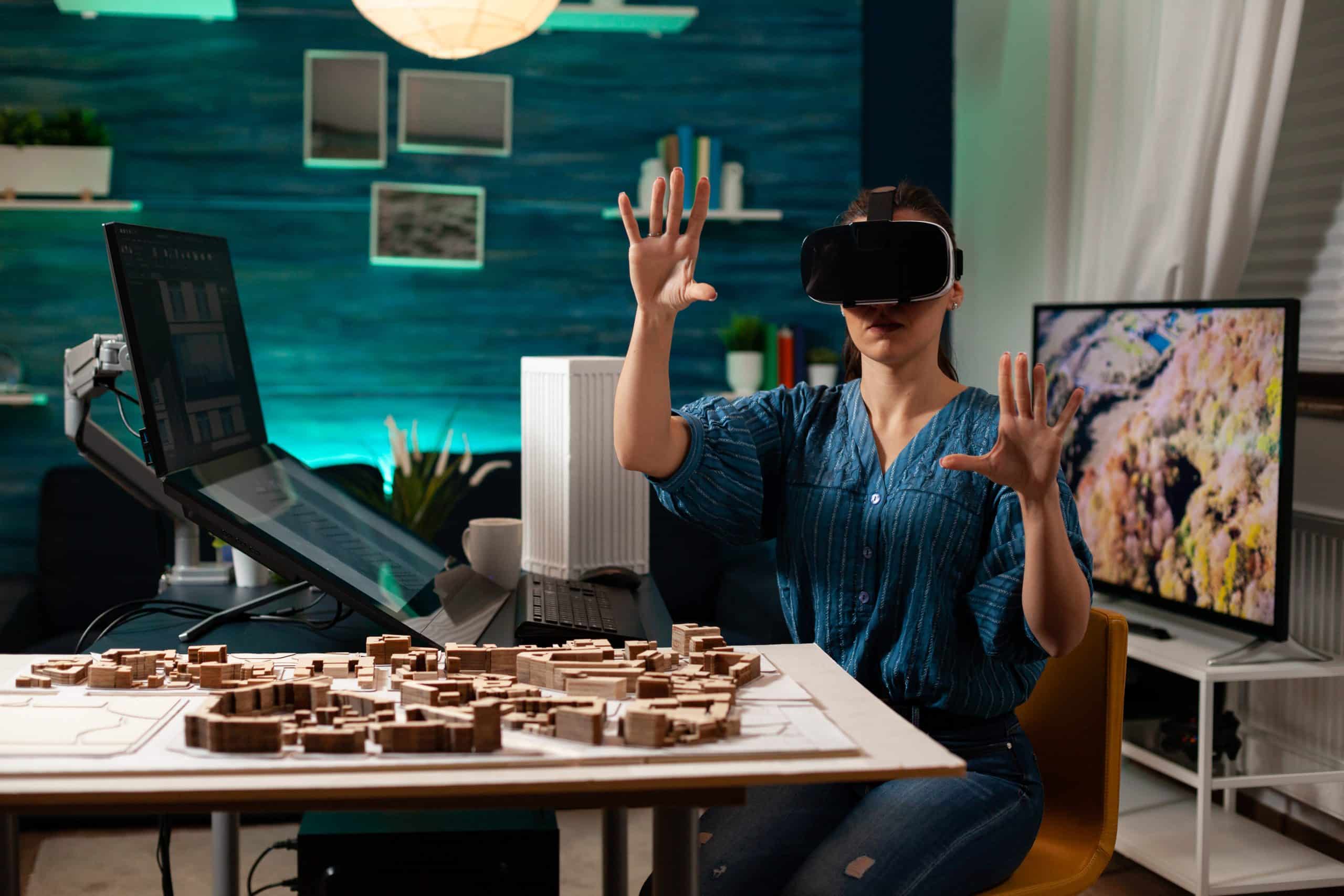How to Leverage Pop-Up Spaces for Dynamic Urban Real Estate Development?

In the rapidly evolving world of retail and real estate, pop-up spaces have emerged as a lucrative and sustainable solution for brands and property developers alike. As urban communities continue to expand and evolve, the traditional brick-and-mortar store is taking a backseat to more flexible, creative, and sustainable commercial spaces that not only address the growing needs of the public, but also foster a sense of social interaction and community engagement.
In this article, we will explore how you can leverage pop-up spaces for dynamic urban real estate development and the benefits of this innovative approach.
A découvrir également : What are the best practices for developing real estate in areas with strict environmental protection laws?
The Pop-Up Revolution in the Commercial Real Estate Market
Pop-up spaces – temporary venues that host a variety of commercial activities such as retail, art exhibitions, and food stalls – have quickly taken center stage in the commercial real estate industry. They offer an innovative solution to the challenges posed by rapid urban development and changing consumer habits.
These transformative spaces offer a fresh approach to the use of urban spaces. They provide an opportunity for brands to engage with their customers in a unique, experiential way, and for real estate developers to maximize the use of their properties and generate consistent revenue.
A lire en complément : How to design real estate projects that cater to the evolving needs of the millennial and Gen Z populations?
Pop-up spaces also contribute to sustainable urban development. By reusing and repurposing existing buildings or vacant lots, they reduce the demand for new construction and put less strain on urban infrastructure and resources.
The Social Impact of Pop-Up Spaces
Beyond their obvious commercial benefits, pop-up spaces also bring significant social value to urban communities. By offering a platform for local businesses, artisans, and creators, they foster social interaction and community engagement.
Pop-up spaces are not just about commerce; they are about creating a sense of place. They give local residents a reason to visit, interact, and connect with each other, thereby enhancing the social fabric of the urban environment.
Furthermore, these spaces often become incubators for social innovation. They provide a platform for local businesses to test new concepts, products, or services and garner feedback from the community. This opens up opportunities for local economic development and entrepreneurship.
Aligning Brand Strategies with Pop-Up Spaces
For brands, pop-up spaces offer a unique opportunity to connect with their audience in a meaningful way. Unlike traditional retail outlets, these spaces allow brands to create immersive, experiential retail environments that tell their story and showcase their products in a unique light.
To leverage these spaces effectively, brands need to align their strategies with the pop-up concept. This involves more than just setting up a temporary store. It requires a deep understanding of the brand’s audience, the local community, and the dynamics of the space.
The design of the pop-up space should reflect the brand’s identity, yet be flexible enough to adapt to the space and its context. It should create a unique, engaging experience that resonates with the target audience and encourages interaction.
The Role of Real Estate Developers
Real estate developers play a crucial role in the pop-up revolution. By providing the physical space and infrastructure, they enable brands to bring their concepts to life. But their role goes beyond just providing space. They also need to facilitate the development and operation of these spaces, ensuring they integrate well with the surrounding urban environment.
Pop-up spaces present a unique opportunity for real estate developers. By turning vacant or underused properties into vibrant, dynamic spaces, they can increase their property’s value and generate consistent revenue. Furthermore, by contributing to the local community’s social and economic development, they can strengthen their reputation and social license to operate.
To leverage these opportunities, developers need to adopt a more flexible, innovative approach to property development. They need to be willing to take risks, collaborate with a diverse range of stakeholders, and constantly adapt to changing market demands.
In conclusion, pop-up spaces represent a powerful tool for urban real estate development. By offering a unique blend of commercial, social, and environmental benefits, they provide a sustainable solution to the challenges posed by rapid urbanization and changing consumer habits. With the right strategies and partnerships, brands and real estate developers can leverage these spaces to create vibrant, dynamic urban environments that benefit all stakeholders.
Optimizing Pop-Up Spaces for Remote Work and Green Spaces
The past few years have witnessed significant shifts in work patterns, with remote work becoming a norm for many. This change has presented yet another opportunity for pop-up spaces. Empty office spaces or underused retail spaces can be repurposed into pop-up offices or coworking spaces.
In a similar vein, with a growing emphasis on sustainability, green spaces are becoming increasingly important in urban areas. Pop-up spaces can be designed to integrate well-designed public spaces that not only enhance the aesthetics but also contribute to the well-being of the community.
For remote work pop-ups, the space should be equipped with the necessary infrastructure to support different work styles and tasks. This includes stable WiFi, ample power outlets, and comfortable furniture. It should also provide a conducive environment for collaboration, with well-designed meeting rooms and breakout spaces.
More interestingly, these pop-up offices can be used to cater to the needs of various sectors. For instance, spaces can be adapted for specific industries, such as tech start-ups or creative agencies, with tailored facilities and services.
In the case of green spaces, a well-designed pop-up can offer a refreshing break from the urban jungle. These spaces can incorporate elements of nature, such as plants, water features, and natural light, creating a calming and rejuvenating environment for visitors. They can also serve as venues for outdoor events or community activities, promoting community engagement and fostering a sense of belonging.
Pop-Up Spaces and Community Development
Pop-up spaces play a crucial role in community development. By providing a platform for local businesses and artists, they contribute to the economic development of the area. They also foster community engagement, giving local residents a reason to interact and connect.
In addition, pop-up spaces can also serve as a catalyst for community-led initiatives. For instance, local residents can use these spaces to host events or activities that address community issues or promote local culture. This can lead to increased community participation and empowerment, strengthening the social fabric of the area.
Moreover, the temporary nature of pop-up spaces allows for experimentation and innovation. It provides an opportunity for communities to test new concepts or ideas, and if successful, these can be incorporated into long-term plans or policies.
In conclusion, pop-up spaces offer a dynamic and sustainable solution for urban real estate development. By providing a flexible platform for commercial activities, social interaction, and community development, they contribute to the creation of vibrant and inclusive urban environments. With the right strategies and partnerships, these spaces can be leveraged to maximize their potential and bring about meaningful change in our cities. Whether it is transforming a vacant lot into a bustling food market, converting an underused office into a pop-up coworking space, or creating a temporary park in the heart of the urban jungle, the possibilities are endless.
